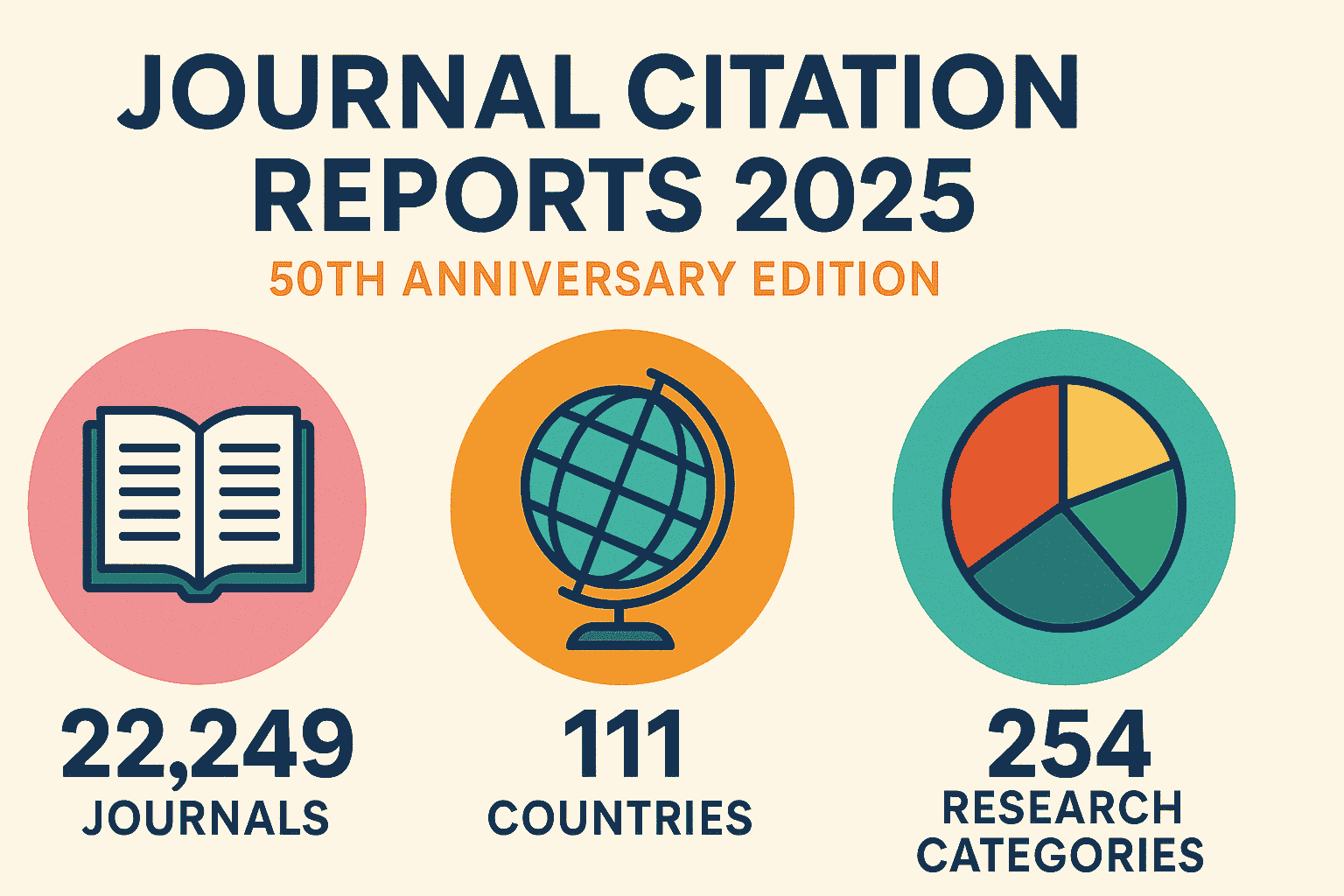Iron sources in the South Pacific shifted over 93 million years, study finds – New Study/Science Updates
A new study published by researchers at the University of Hawai’i (UH) at Mānoa sheds light on the critical role of iron in Earth’s climate history, revealing how its sources in the South Pacific Ocean have shifted over the past 93 million years. This research, based on the analysis of deep-sea sediment cores, provides crucial insights into the interplay between iron, marine life, and atmospheric carbon dioxide levels.
Summary
A University of Hawai’i study analyzing South Pacific sediment cores reveals how iron sources have changed over the last 93 million years, impacting Earth’s climate. The research highlights the vital link between iron availability in the ocean, marine life productivity, and atmospheric carbon dioxide levels. Shifts in iron sources influenced the growth of phytoplankton, which absorb carbon dioxide, consequently affecting global climate patterns. This study underscores the complex relationship between geological processes, ocean chemistry, and the Earth’s climate system, providing a deeper understanding of past climate fluctuations.
Read more…
This post is part of “Science and Technology News”, Follow for more…!!!
Credits: Source
Disclaimer








